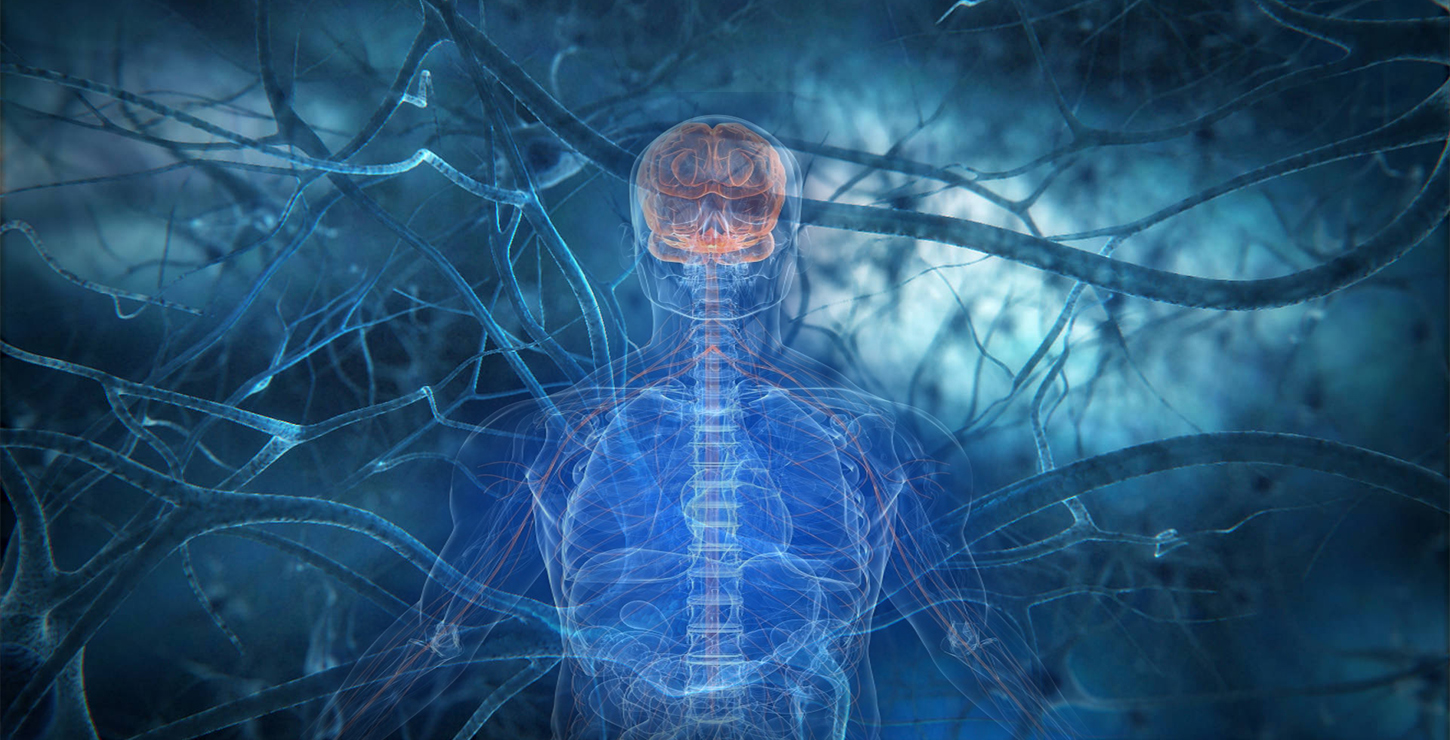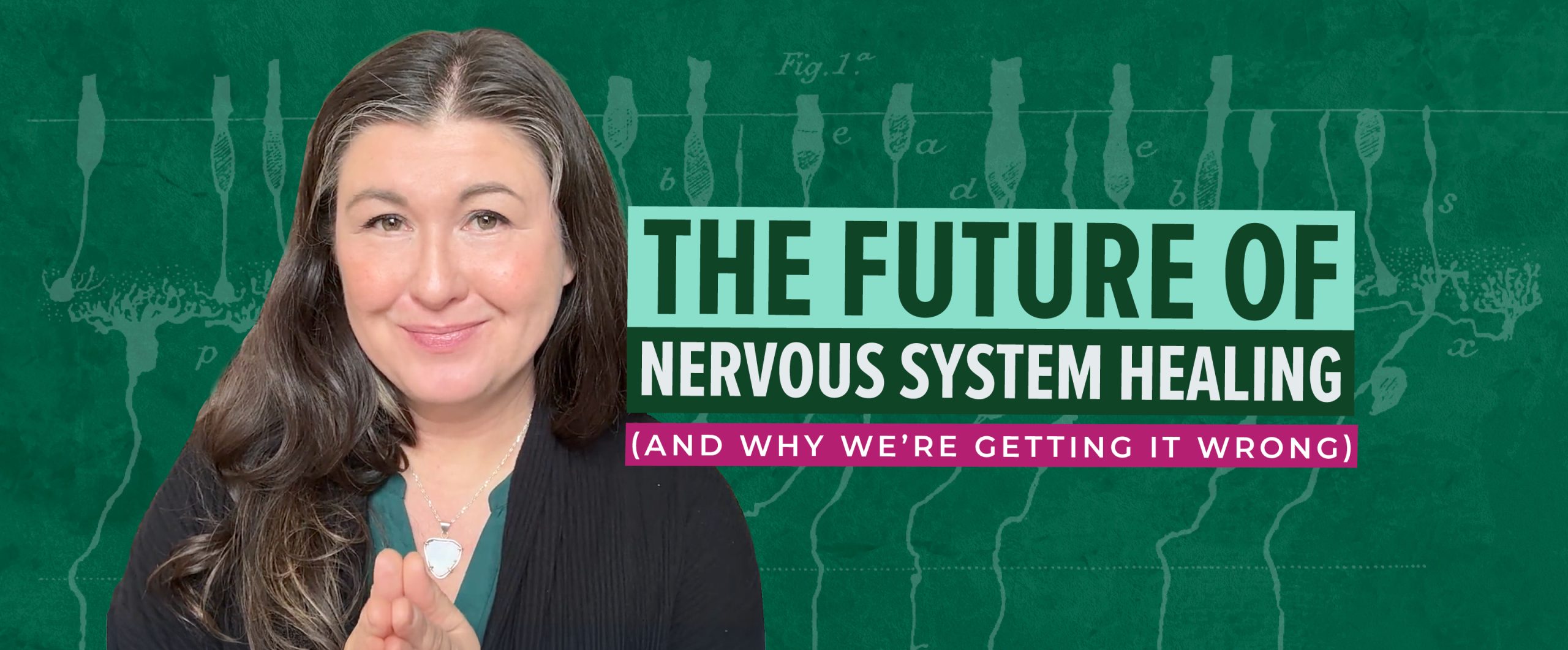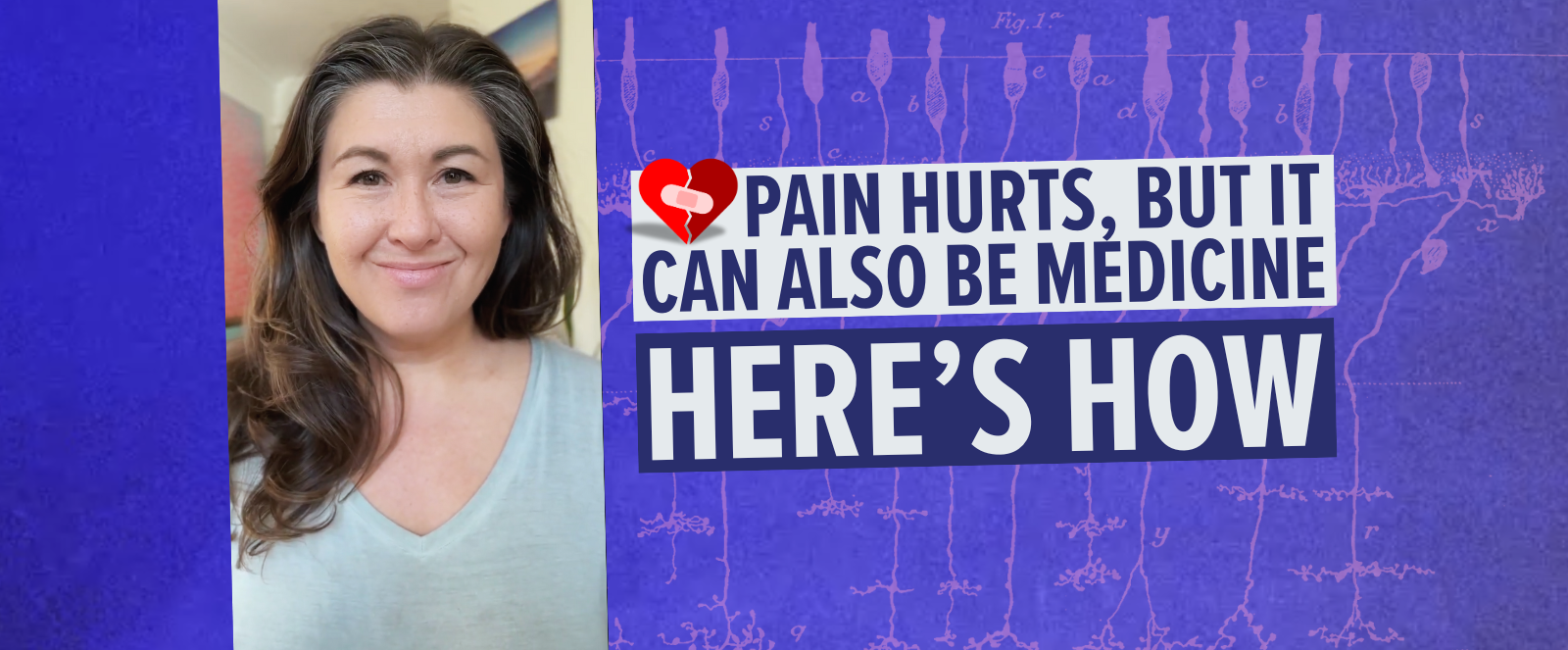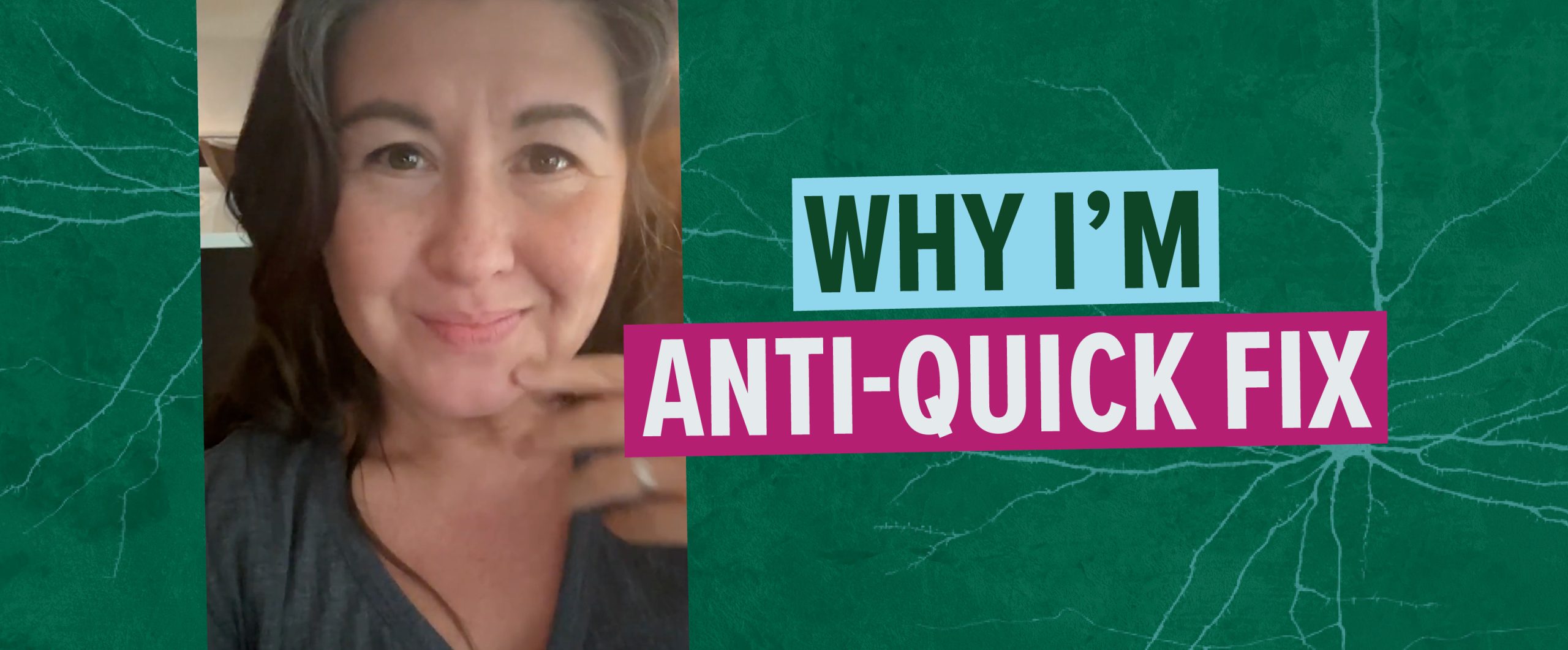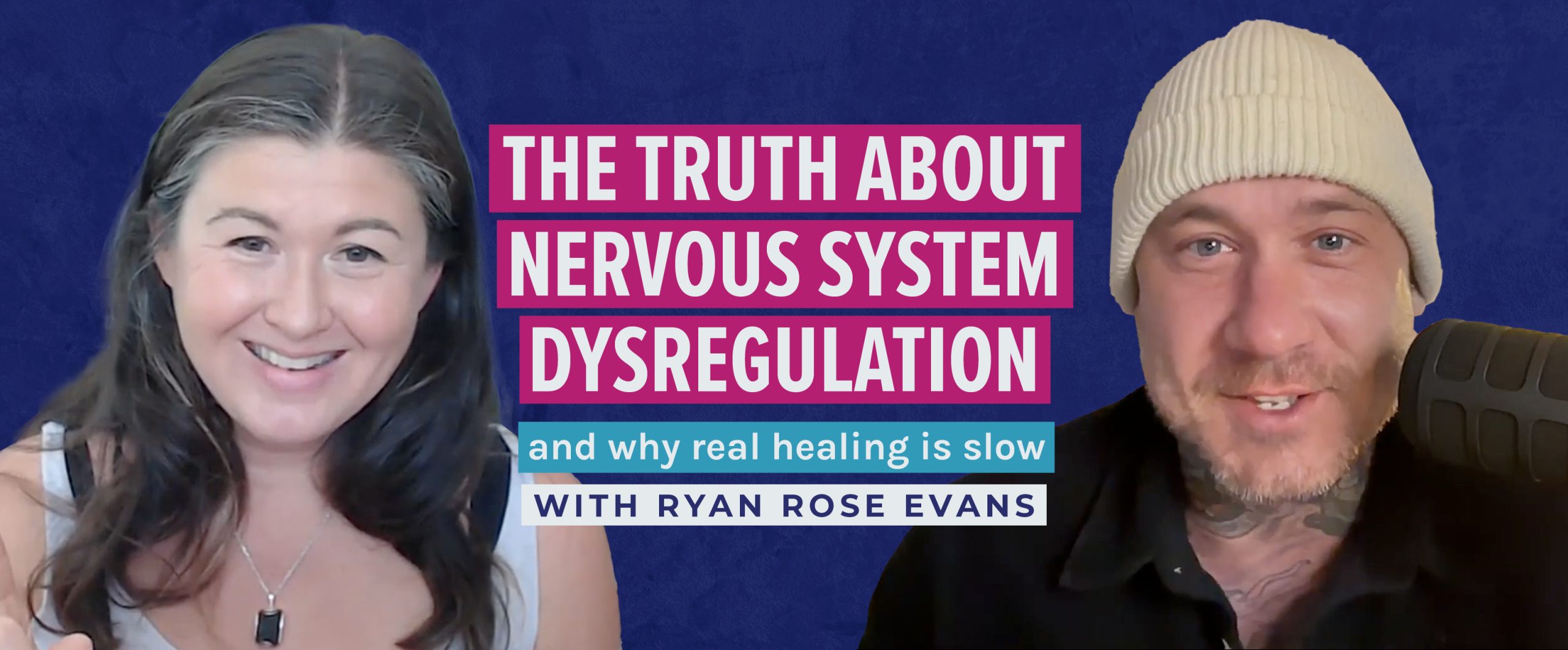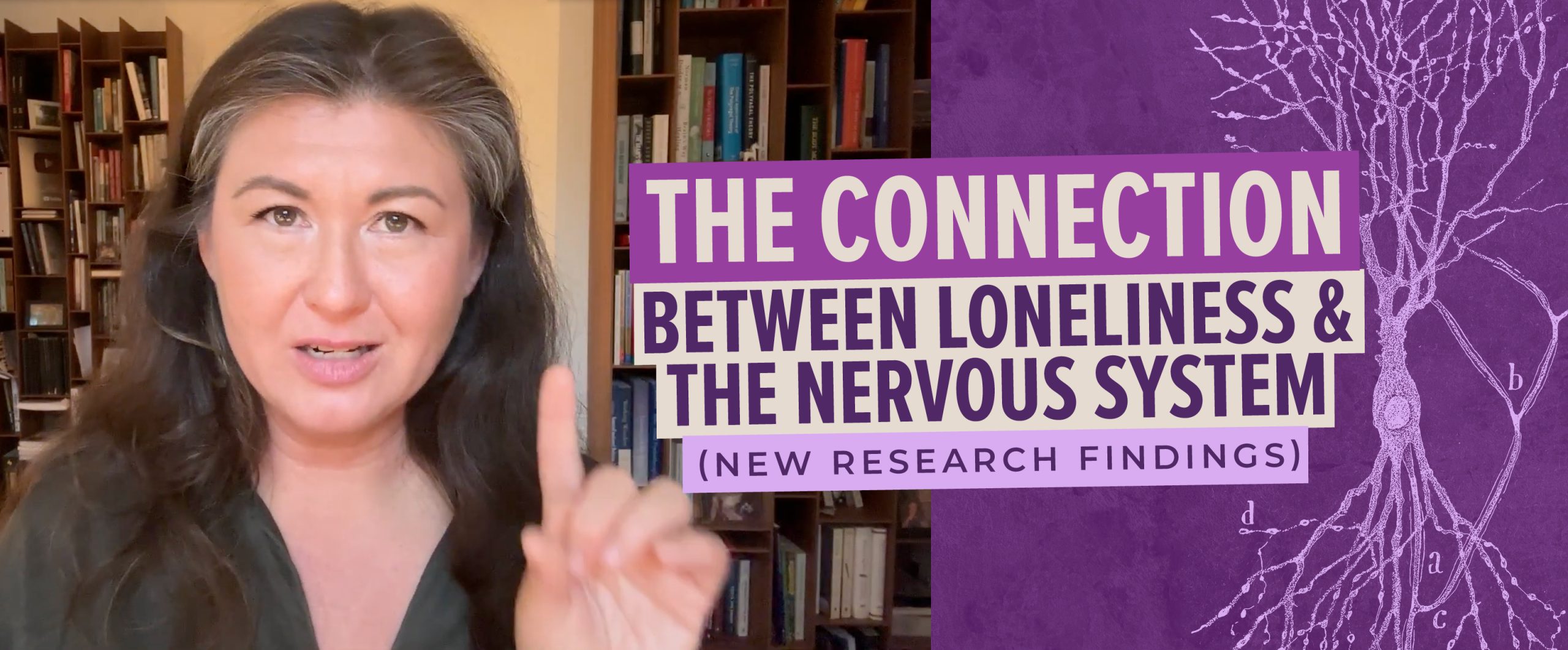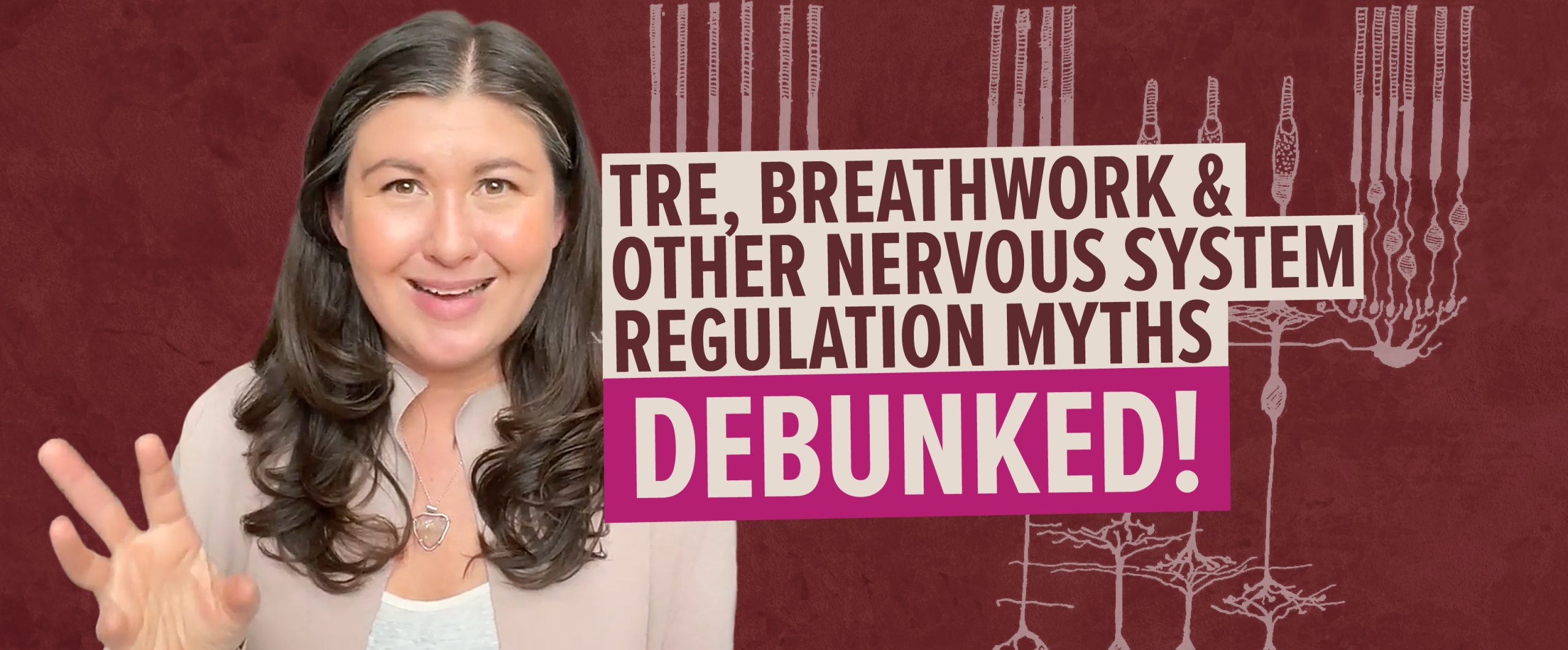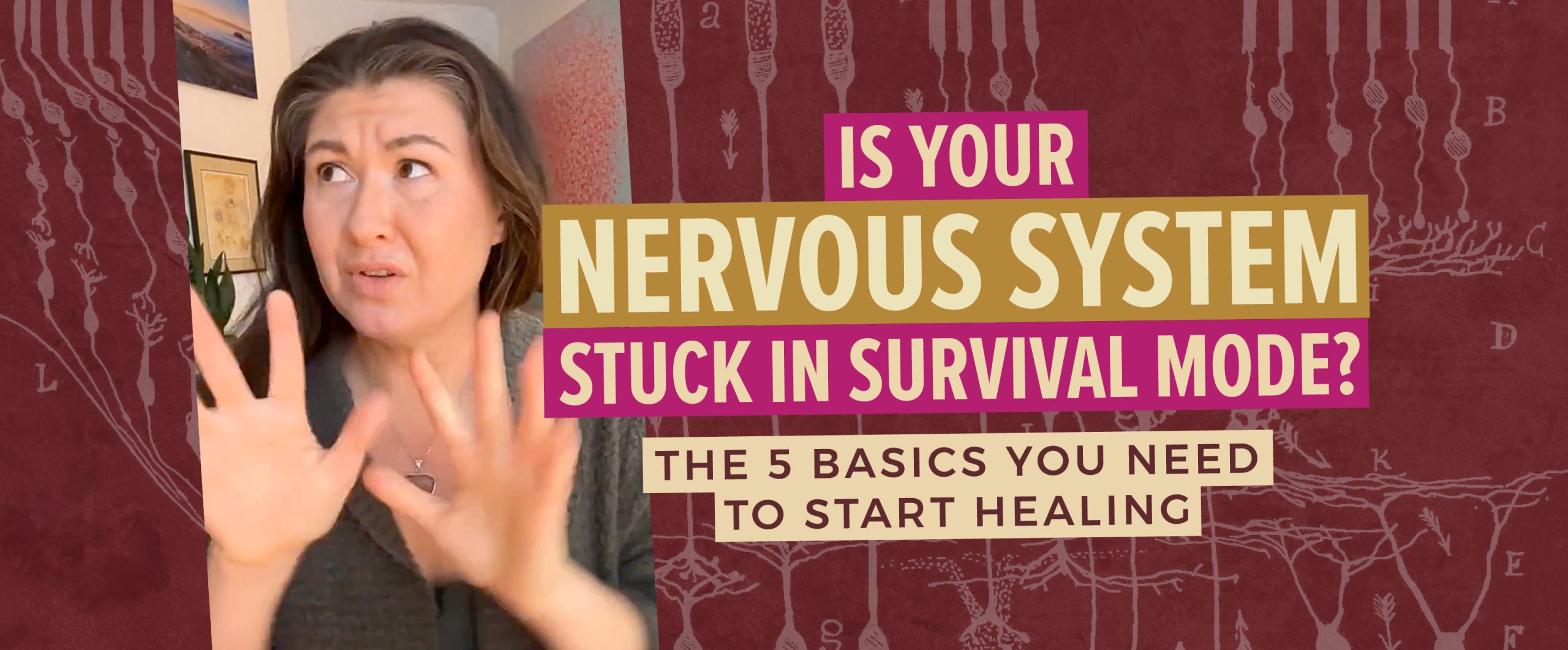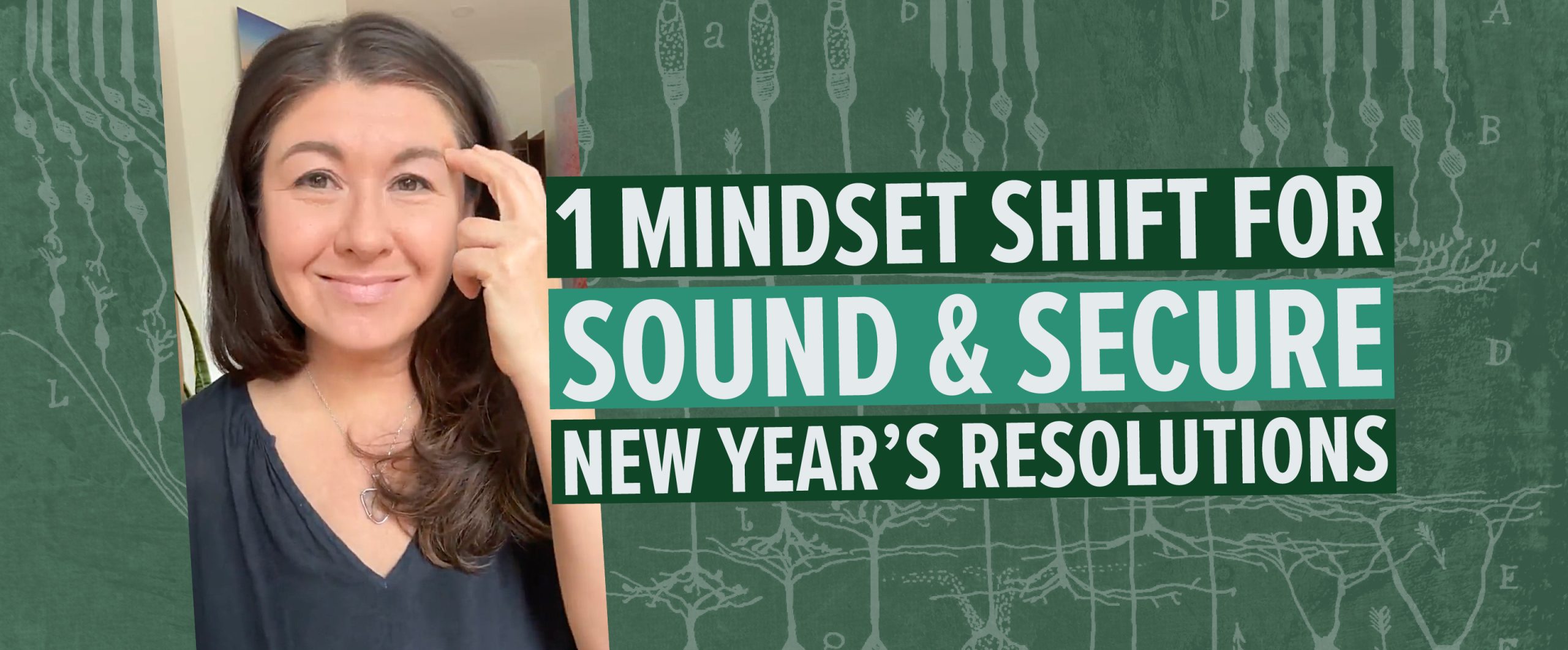The medicine I’m talking about? Feeling.
And by feeling, I don’t just mean emotions. I mean being able to really FEEL your body, your sensations, your insides: what your biology is up to.
So many folks are trying to shift, transform and change their stuff — their harmful habits and old emotional and physical hurts of the past (aka: trauma).
Yet, not many have done the solid ground work that involves bringing “feeling” back on board.
We’ve become a culture of non-feelers. ‘Tis true.
And this non-feeling epidemic parallels a few other epidemics, namely these two:
Trauma and chronic stress.
By chronic stress, I mean the classic “always turned on” and “go-go-go” daily grind of life that never really leaves any time for real, solid down-time. Not to mention the ever increasing demands to perform and be productive at higher rates.
This is true for those in the good old fashion 9-5 workplace, for entrepreneurs, the moms, dads and students. We are all kind of living like this these days aren’t we?
Then there are the various forms of trauma that exist, with these two being the most prevalent in our society today:
SHOCK TRAUMA. This means things like car accidents or any other form of physical injury, near-drownings and/or near death experiences, medical procedures, seeing something horrific, forms of physical/emotional and/or sexual abuse as an adult, and/or single or multiple events that threaten a person’s safety such as war, natural disaster etc. (Not the nicest stuff to think about, I know, but this stuff happens, so there is no reason to hide, is my take on this!)
EARLY & DEVELOPMENTAL TRAUMA. This is a biggie, especially here in North America, the reasons for which go way beyond this little article. But, to name a few: a parent that is always ill, or has a mental illness when a child is growing up; physical and/or emotional neglect; alcoholism in the household; unsafe environment to live in (not enough food, shelter); constant humiliation and unpredictable behaviours from parents putting a child in a constant state of helplessness and threat, and so on. Birth trauma, premature birth and surgical trauma when young (under the age of 3 years) are also big ones.
In essence, all of these unfortunate circumstances can lead to emotional numbing.
After all, that single mom that has to work two jobs and take care of her kids can really only do this by shutting down to some degree and powering through the fatigue. No matter how strong one is, we all need a break. But, if we know we can’t have one, the solution from a survival perspective is to shut down, numb ourselves out a bit, not feel and just keep going.
Same goes for that person that experienced a lot of adversity early on, especially from within the family system. A child is always caught in a double bind when the people that they depend on the most and are necessary for their survival are also the cause of their pain and suffering. In these instances, if an infant or child can’t run away or fight the situation, their only option is to freeze. To shutdown. To stop the feeling.
But as we are learning, this numbing of the body, and its sensations and feelings, comes with some very severe physical and emotional consequence: mental illness, chronic fatigue and pain, autoimmune disease, heart disease, certain cancers and many more unfortunate fates*.
The mindfulness paradox in the healing of feeling.
I feel there’s no coincidence with the rise and interest in mindfulness as a practice and all things mind-body as a way to help a person heal and mend those chronic stresses and traumas. But, buyer beware. Going into these practices without a strong connection to the physical body can leave your chronic stressors and traumas hanging in healing purgatory.
These practices are often attractive because they bypass the tough, and often uncomfortable, body feelings that are necessary to process after a lifetime of numbing out. It’s important that the practices you choose connect you to your body (and mind) and aren’t just asking you to escape the body in order to ascend into “the light.”
The dangers of this spiritual bypassing** and other forms of “bliss” related practice, is that they poison our ability to feel and they deceive us into thinking we’ve transformed – when really all we’ve done is fracture core being.
(One surefire way to know this has happened is that you no longer really feel the emotional pain, yet the physical body is still not well, not healing, is always tired, depressed, anxious, troubled in relationship etc.)
The first step back into feeling is to reorient back to the body.
Reorienting is my way of saying “getting back into the body.”
The reason this is so important is that when it comes to healing from any kind of trauma, chronic stress and even burnout, and you’re caught in painful moments (and just so you know, painful moments can be conscious and even unconscious!), we come away from our body. We literally get disembodied. We might disassociate from it to not feel the discomfort or pain.
In doing this, we lose a bit of ourselves. We shut down. We numb out.
And just so you know – way back when those hurts were happening, it was actually super important that you did indeed numb out and leave your body! It kept your psyche and even your body safe. Please know this. But, all too often we stay lingering in this highly toxic nervous system state and over time it breaks us down.
Here are 4 quick tips to practice coming back to your body in an easy and simple way:
1) Start with listening to your breath.
And, please don’t change it. We’ve done enough damage by getting people to not trust their own breath (their bodies) by having them manipulate and change it. Just notice it.
2) Then stick with that (your breath) and feel your feet on the ground.
This means you are bringing dual-awareness to yourself. Just feel the pressure of your feet on the ground WHILE noticing your breath.
3) Then stick with those two (breath + feet) and add in feeling your hands.
Maybe try clasping your hands together gently and just feel the contact. Skin to skin. Bone to bone. Don’t forget that breath and those feet!
4) Then stick with those (breath + feet + hands) and add in your eyes.
Keep doing Step 1-3, but now add in your environment. Look around. Feel your eyes move very, very slowly. Nothing that will make you dizzy. Move them comfortably, like you are scanning a real beautiful ocean scene. See. The. World.
The practice of bringing more body and mind online need not be fancy. I’ve often found that the simpler it is, the easier your cells can feel it.
A little cautionary note!
For some folks this might be super easy. No problemo.
For others this simple practice might not resonate so easily. If this is you, please know that this is VERY normal in our society today. We’ve unwired our capacity to feel.
If you fall into the latter group (and trust me this is normal in our society), and you find it really difficult to stay connected – keep practicing! Your body does want to feel (and heal).
Remember those two pieces of trauma above? The more of those you have + the chronic stress, the more work and practice is needed. It just might take a little more of a nudge, or maybe some fancier nudging. 🙂
If you feel this might be you, and you need some fancier nudging, check out my starter course, the 21 Day Nervous System Tune-Up. It’s packed with all the education and basic practices you need to get started feeling the feels in a different way, and includes daily email reminders to keep you on task.
This is a big part of my job – helping people who can’t feel, feel.
*Please refer to The ACE Study to learn more about the connection between childhood adversity and adult health and disease, by heading over here >> http://www.acestudy.org/
**Spiritual Bypassing. When Spirituality Disconnects Us From What Really Matters. Robert Augustus Masters. 2010.

